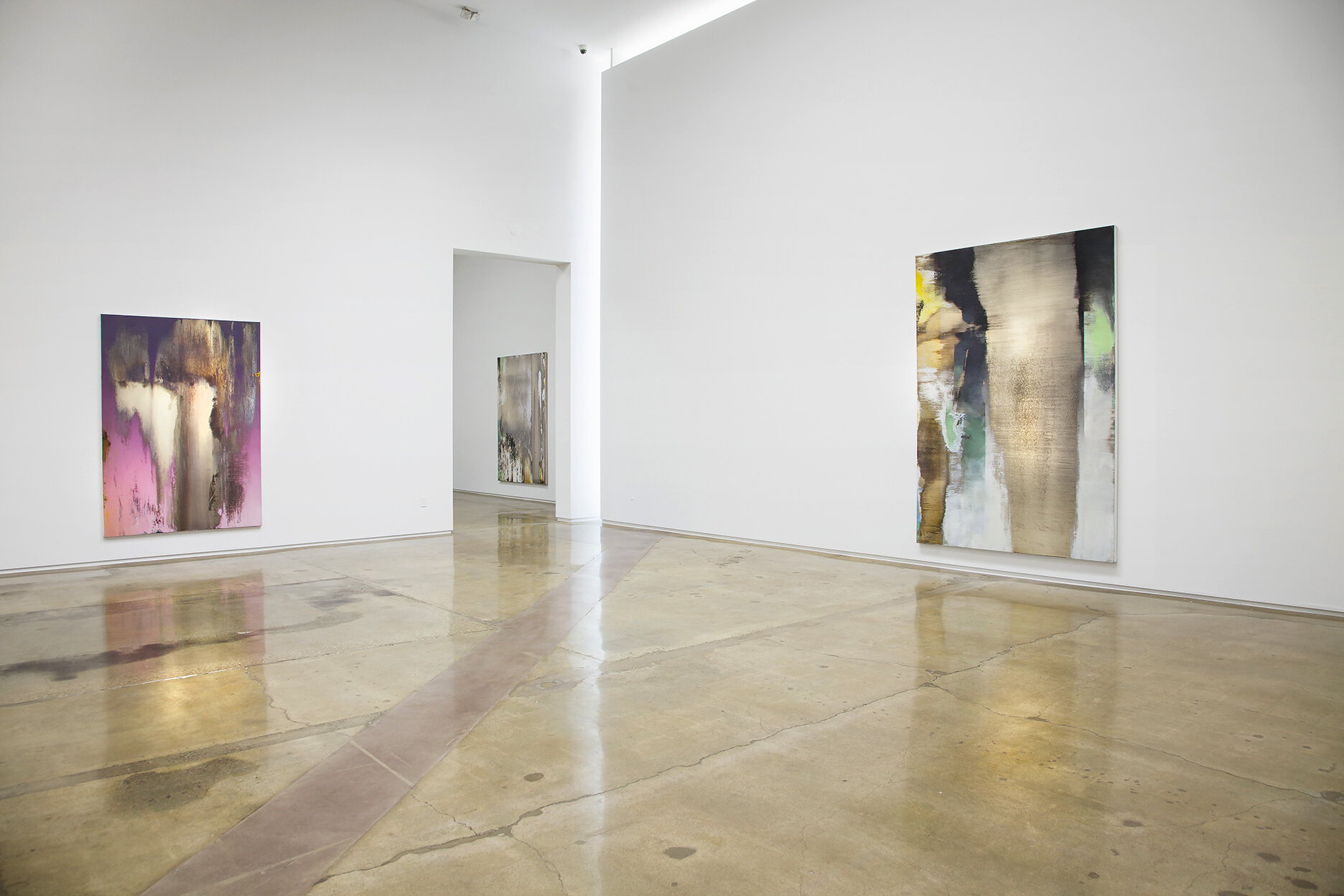Reopened Galleries Offer Not To Be Missed Solo Shows
With galleries slowly reopening across the Americas, especially in cities where the curve has been flattened, we took a look at the solo shows on view and found a number of exhibitions dealing with concepts of art-making in fresh and exciting ways.
Ranging from Nir Hod’s use of chrome pigment to create surfaces that reflect the figure of the viewer in abstract planes and Talia Levitt’s imaginative trompe l’oeil still life paintings to Trevor Paglen and Luke Parnell’s reinterpretations of art histories through contemporary means, we’ve rounded up shows in Los Angeles, Chicago, San Francisco, Toronto, and New York that inspire both looking and thinking about art, even in the toughest of times.
An Israeli-born, New York-based artist inspired by a joyful mix of life and Pop Art, Nir Hod has made both figurative and abstract artworks over his twenty-five-year career, with his newest paintings and sculptures conceptually combining a bit of each way of working. Reflective paintings from the series The Life We Left Behind are completely nonrepresentational when viewed from afar, but as soon as viewers get close to the surfaces of the large-scale, chrome canvases, their mirrored images become part of the art in a haunting way. His fragmented sculptures, meanwhile, reflect the ruins of societies past, where man’s destructive nature ultimately won the day.
In paintings like The Life We Left Behind (7), which flaunts a background of gradated bands of purple, lavender, and pink, and The Life We Left Behind (4), which reveals the colors of a sun setting in a blue sky, the underpainting is exposed through a variety of deconstructive means. After abstractly painting the grounds, Hod and his team painstakingly apply a coat of chrome pigment, which he then brutally wipes and scrapes away. Initially inspired by Andy Warhol’s Shadow paintings yet poetically linked to the aging canvas in Oscar Wilde’s The Portrait of Dorian Gray, Hod’s reflective paintings sport their ruin while inviting one to contemplate his own likeness and impending mortality when being absorbed by them.
"The viewer’s reflection is mirrored back and they become part of the artwork,” Hod shared in a statement on the gallery’s site. “They position themselves in the painting and create their own distracted image, and the viewer metaphorically becomes the subject of the painting. In the age of social media, the idea and exploration of narcissism is ever more relevant.”
Ironically, the artist’s fragmented wall sculpture, I will always wait for you even if you never come back, which is a realistic-looking assemblage of building materials mixed with leftover food items and burning candles, evokes the same sort of sentiment with a gaping hole in its center, through which one could metaphorically return to a lost reality or escape to a totally new way of life.

